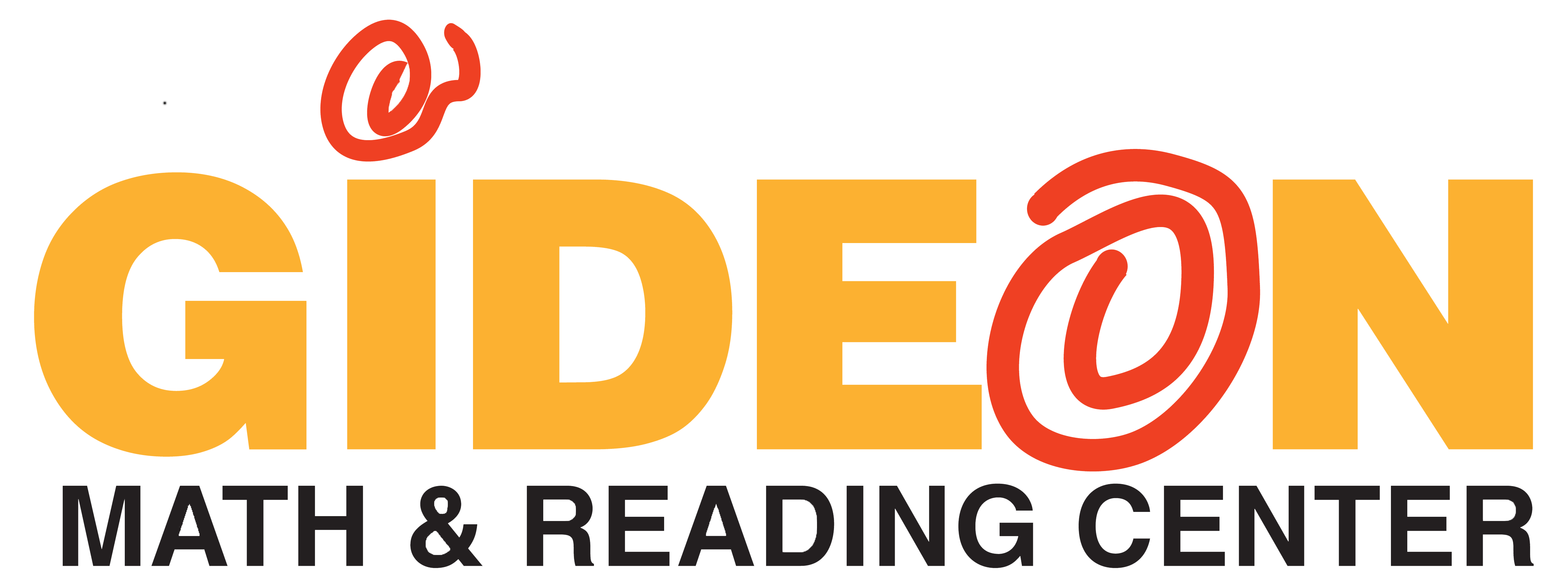On Joanne Jacob’s blog, she highlighted a recent AP article discussing the correlation between early number sense and math ability several years later. The University of Missouri study found that 7th graders who struggled were the same ones who struggled in 1st grade.
“The gap they started with, they don’t close it,” says Dr. David Geary, a cognitive psychologist who leads the study that is tracking children from kindergarten to high school in the Columbia, Mo., school system. “They’re not catching up” to the kids who started ahead.
If first grade sounds pretty young to be predicting math ability, well, no one expects tots to be scribbling sums. But this number sense, or what Geary more precisely terms “number system knowledge,” turns out to be a fundamental skill that students continually build on, much more than the simple ability to count.
What’s involved? Understanding that numbers represent different quantities – that three dots is the same as the numeral “3” or the word “three.” Grasping magnitude – that 23 is bigger than 17. Getting the concept that numbers can be broken into parts – that 5 is the same as 2 and 3, or 4 and 1. Showing on a number line that the difference between 10 and 12 is the same as the difference between 20 and 22.
Like so many things, practice and repetition can overcome previous shortcomings. When your child does the initial free diagnostic test at Gideon, we are looking for any holes in the foundation such as ability to pick the larger number and whether the addition facts are memorized. Then we start wherever the student is showing a lack of mastery in order to build up on solid ground – no matter if the material is covered several grade levels before or after their current starting point.
Like reading, early and often parent interactions can go a long way. Any time you read or count with a child is good, but they give some even more specific tips if you want to take it that extra step.
… Geary sees a strong parallel with reading. Scientists have long known that preschoolers who know the names of letters and can better distinguish what sounds those letters make go on to read more easily. So parents today are advised to read to their children from birth, and many youngsters’ books use rhyming to focus on sounds.
Likewise for math, “kids need to know number words” early on, he says.
NIH’s Mann Koepke agrees, and offers some tips:
-Don’t teach your toddler to count solely by reciting numbers. Attach numbers to a noun – “Here are five crayons: One crayon, two crayons…” or say “I need to buy two yogurts” as you pick them from the store shelf – so they’ll absorb the quantity concept.
-Talk about distance: How many steps to your ball? The swing is farther away; it takes more steps.
